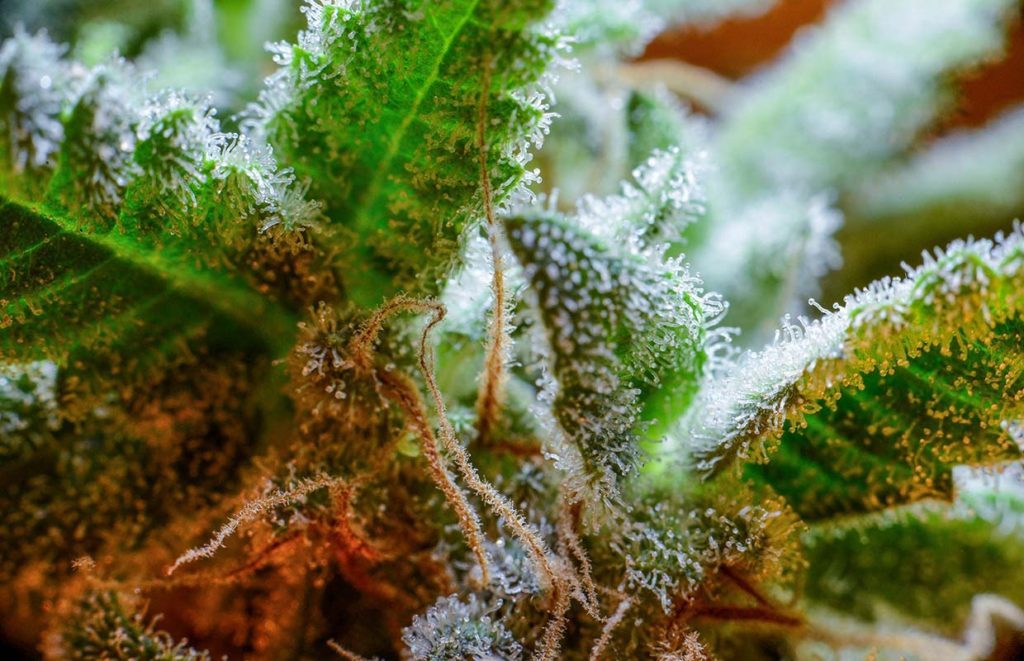Cancer is the great equalizer: it does not discriminate by gender, age, race or socioeconomic background — it touches everyone, whether you have endured it yourself or supported a friend or family member’s journey.
Along with HIV, cancer was one of the first illnesses identified as benefiting from the therapeutic effects of cannabis. Early on the plant was found to be particularly effective for alleviating side effects caused by harsh pharmaceutical treatments like chemotherapy.
The antiemetic properties of cannabis are well known. Even those on the fence about medicinal cannabis generally acknowledge its benefits in terms of appetite stimulation and nausea relief for cancer patients. But when it comes to the effect of cannabis on pain, the general public’s understanding is still developing, even though many cancer patients report major pain relief from cannabis medicine.
Dr. Frank Lucido, a nationally recognized medical cannabis clinical specialist, said that pain is the most common complaint during consultations with patients undergoing cancer treatments.
“Often there are people who haven’t used cannabis before or haven’t used it in years but now they have a serious illness and they’re hoping it’s going to help their pain,” Lucido said.
He added that, while it can provide direct pain relief, the euphoric effects often decrease awareness of the pain.
“[Cannabis] does help pain in some people, some people don’t experience it as pain relief and describe it as ‘I still feel the pain but it’s not a central part of my life, I can still think of other things, it sort of distracts me.’”
Dr. Lucido often recommends high CBD medicine to patients who are afraid of experiencing euphoria, but he also lets them know that the mood-altering effects of THC can be helpful for working with the anxiety and depression that can come during cancer treatment.
Unfortunately, so much of what we know about the effects of cannabis on cancer patients is based on personal testimony and “anecdotal data,” not formal studies. Many medical professionals blame this lack of actionable clinical data on government obstructionism.
Among them, Dr. Donald Abrams. An oncologist who’s been practicing in San Francisco, California, for over three decades, Abrams pinned the lack of research on NIDA’s mandate to study cannabis as a “substance of abuse” instead of exploring its therapeutic effects.
In Cannabis Nurses Magazine’s oncology issue, Abrams outlined the therapeutic effects of cannabis on nausea, its uses for the treatment and prevention of neuropathy, the synergistic effects of opioids and cannabis for pain management and the possibility of cannabis’ anti-cancer properties.
He also said that he believes “the majority” of the patients he’s treated during his career have used cannabis during their treatment.
But for cancer patients who’ve already experienced the potentially life-changing benefits of cannabis firsthand, no clinical data is required — they know it works for them.
Judy is a 65-year-old endometrial cancer patient. She’s been orally ingesting a high-CBD oil to manage her pain and in hopes of slowing the growth of her cancer.
She says that she can tell the difference in her ease of movement. The ability to stand upright without pain when walking was not possible until she started medicating with the oil.
Her most recent tests have shown that the cancer has not spread and has slightly improved since she started her regimen nine months ago.
Judy said the use of CBD has also diminished her anxiety considerably.
“It’s changed my quality of life for the better,” she said.
Nurses working with palliative and hospice care patients are also acutely aware of the quality of life benefits cannabis use can provide those experiencing the often painful effects of cancer treatment.
Marcie Mar of the American Nurses Association said the adverse impacts of cancer treatments can linger for months.
“By the time they get to me they may have been off for a month, they may have been off for 6 months but when they get into hospice they’re not actively taking chemo,” she said. “But they are still suffering from the side effects, whether it’s neuropathy or chronic nausea, insomnia and on top of just the fear of where the cancer has brought them to.”
Mar has seen patients receive great relief from the use of transdermal patches and low dose edibles. Topicals tend to be the most popular way of medicating, especially for her senior patients.
Since her patients live in Colorado, family members can pick up various cannabis products to help mitigate their loved one’s discomfort. Hopefully as more states open to cannabis sales to adults even more people will discover its medical applications.
TELL US, do you use cannabis to treat a medical condition?
